Today I spent a solid hour looking up the Game Controls for Athens 2004 on PlayStation. My intent was to do some background research for a post I wanted to write about the summer I ran for Team Alberta at the Western Canada Summer Games (WCSG). I chose the topic because every time I talk with an athlete about finding their ‘next gear’ or pushing their performance that little bit higher, I tell a story about a friend of mine in high school who had a unique strategy to get there. Growing up, I hung around with a group of wonderfully quirky, caring, and super fun track athletes, most of whom were distance-running boys. For the duration of the summer in 2007 we would each go to work at our respective running stores, practice with our respective clubs, then meet up and hang out (play ‘Track and Field’ video games). As you can tell we weren’t living out the classic teenage summer, but I loved it and have many fond memories of those years.
The final meet of that summer was at WCSG, where we went as a team and spent the week eating, laughing, and competing beside one another. Most of us would be taking off for, or heading back to college elsewhere that fall, and to me the meet was more like one giant goodbye party - which is also why this story has nothing to do with my own dismal performance at the meet, more on that in posts to come. As you can imagine, there was a lot of down time as we waited to run or watched friends compete in other events. As the week went on, Team Alberta began to adopt a specific set of cheers for each event. Each cheer included chants of the buttons that one would have to press on the controller if they were playing the event on Athens 2004. For example, if a teammate was long jumping, the team would hold up signs that said “X” and "O" while he ran, then scream “L1” as soon as he took off from the board. I never said the cheers were cool and edgy.
As the meet went on and finals approached for each of us, one of my very talented distance running friends had an idea. He drew an L1 button on his wrist before his 800m final. When he decided it was time to dig in and go for it in the last 300m of his race he hit the L1 button – whether he did it mentally or he physically pressed the button, you would have to ask him. He medaled in the race and probably ran a stellar time, but the thing I always focus on most when telling this story to athletes is not his result, but the sheer brilliance of having the cue in his mind. He wasn’t turning his attention toward his burning lungs and legs; he wasn’t worrying about what would happen if he got passed, or what his coach would think if he messed up. He simplified his thinking, pressed the button, and let his body do what he had been training it for all year. From a bunch of fabulous and dorky cheers, he was able to pull a meaningful performance cue that helped him to get out of his own way and create the space to be excellent.
“He simplified his thinking, pressed the button, and let his body do what he had been training it for all year.”
In my research today I found out that the L1 button performs many functions: It helps the athlete get a ‘quick start’ in sprint events involving blocks, it performs the sprint and lunge function at the line of every race, it propels long and high jumpers into the air after the run up, it releases the javelin, increases the speed of the swimmer, maintains the strength of a gymnast on the rings, hoists the weight over an Olympic lifter’s head, and starts the jump of the equestrian rider. What if we could all have that magical L1 button that propels us in the right way at the right moment? I have good news and bad news- we can all have the L1 button, but it’s not going to be as simple as drawing a box on your wrist.
The reason that the cue worked for this particular athlete was that it meant something to him, it symbolized a way to enter the zone, to just do it, to step up to the plate (and so on). He was connected to the concept and it was a natural fit for him. Because not all of these cues happen upon us in such an organic way, it is my job to help athletes find their own ways to silence mental static, especially during events that they see as partnered with a lot of pressure.
Here are three quick starter steps to finding your own L1, once you have the answers let's talk!
Identify how you want to feel during competition. What do you look like (body language, form)? What are you thinking?
Brainstorm the things that make you feel this way. Can you think of images, words, people, movies, books that connect you to this feeling?
Identify the moments in your sport that require the L1 touch. When is it the most important for you to be “on”?
Here’s to sport, friendship, and L1 buttons,
Perri


